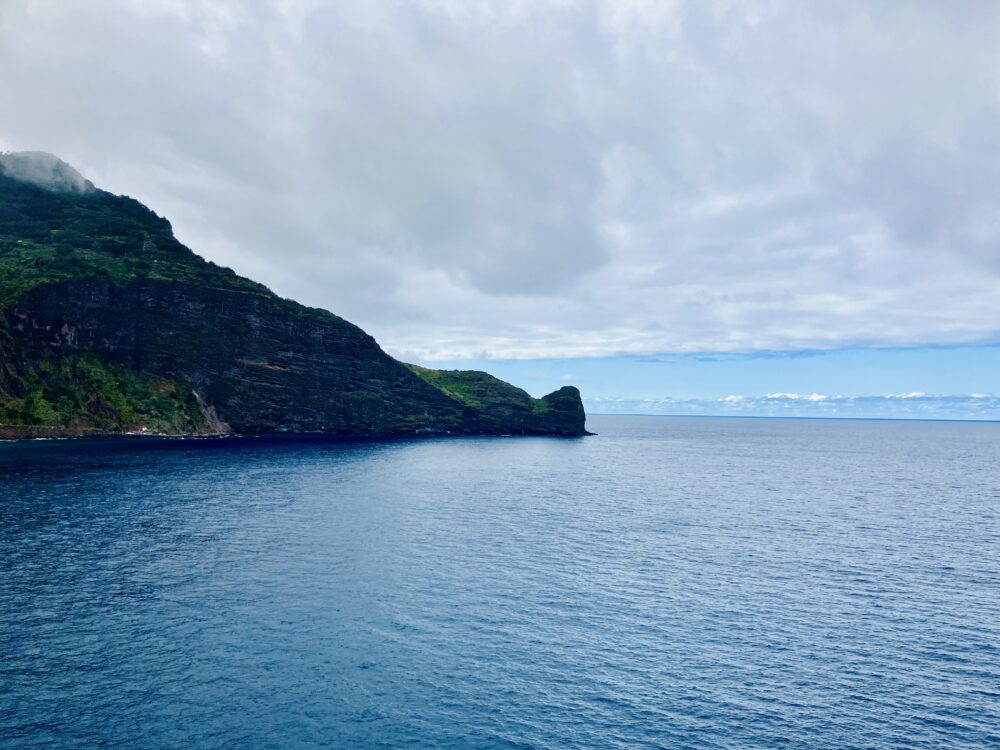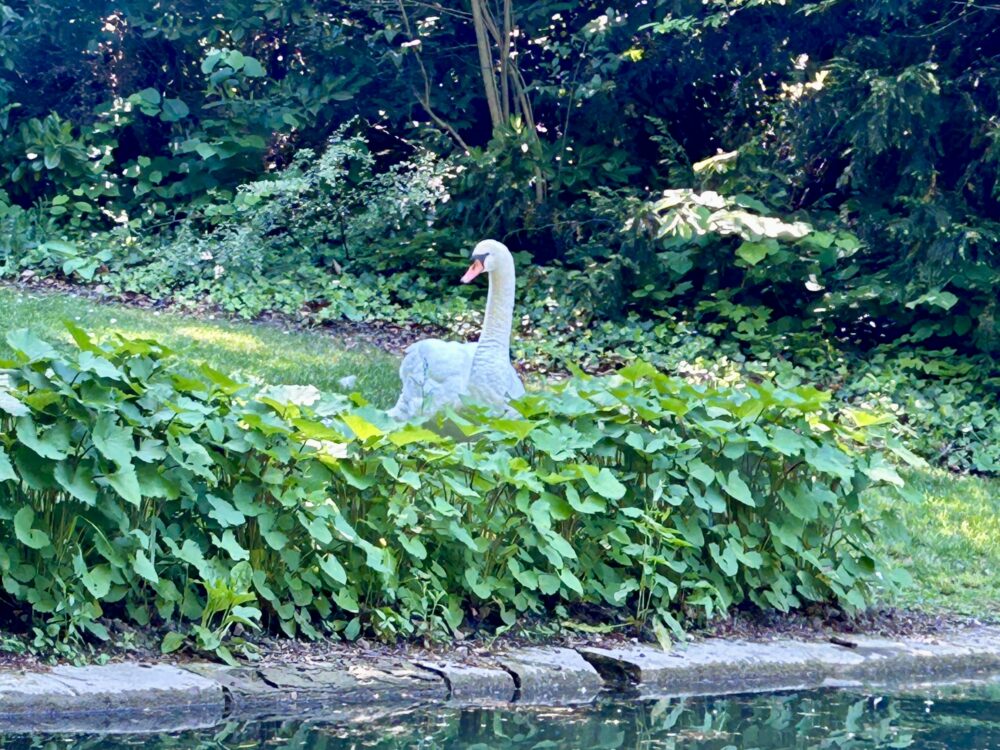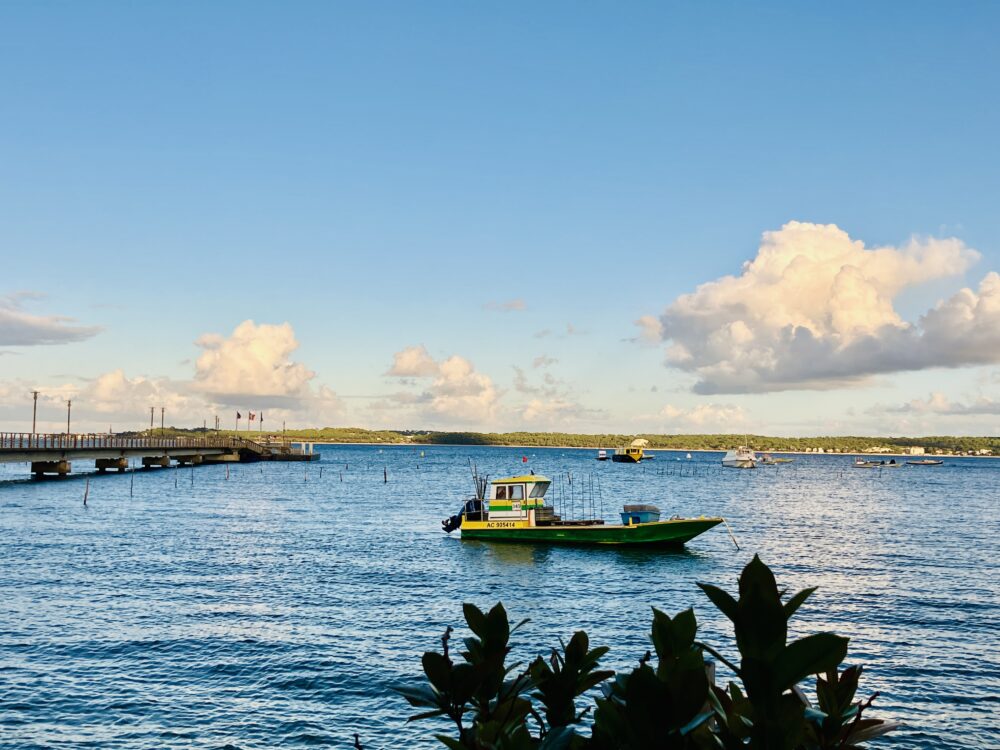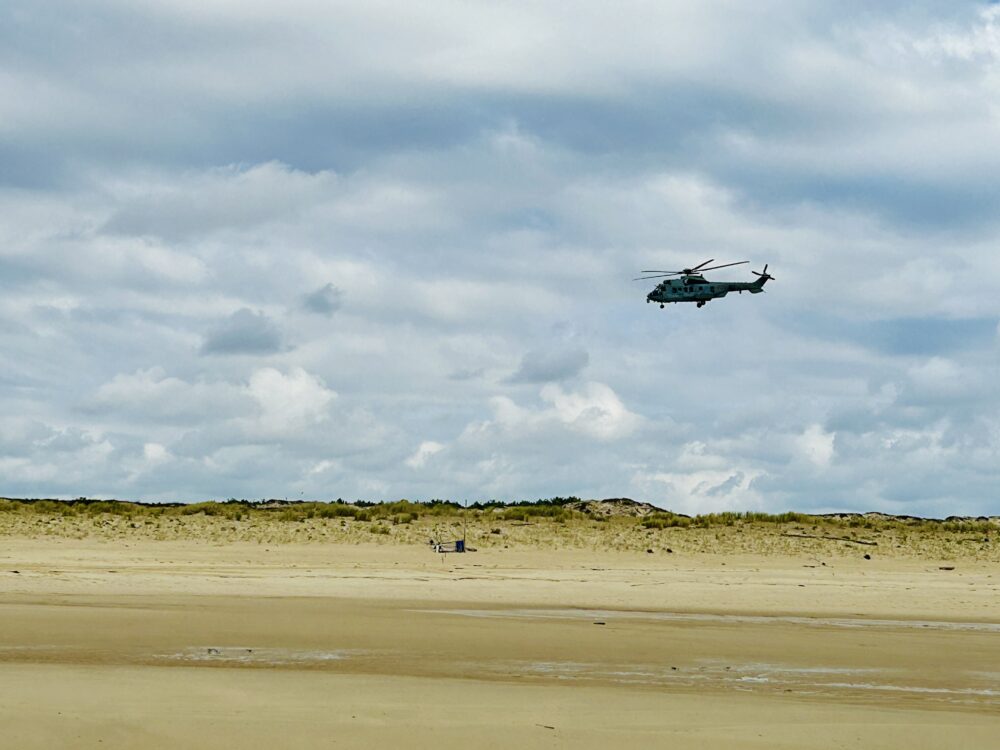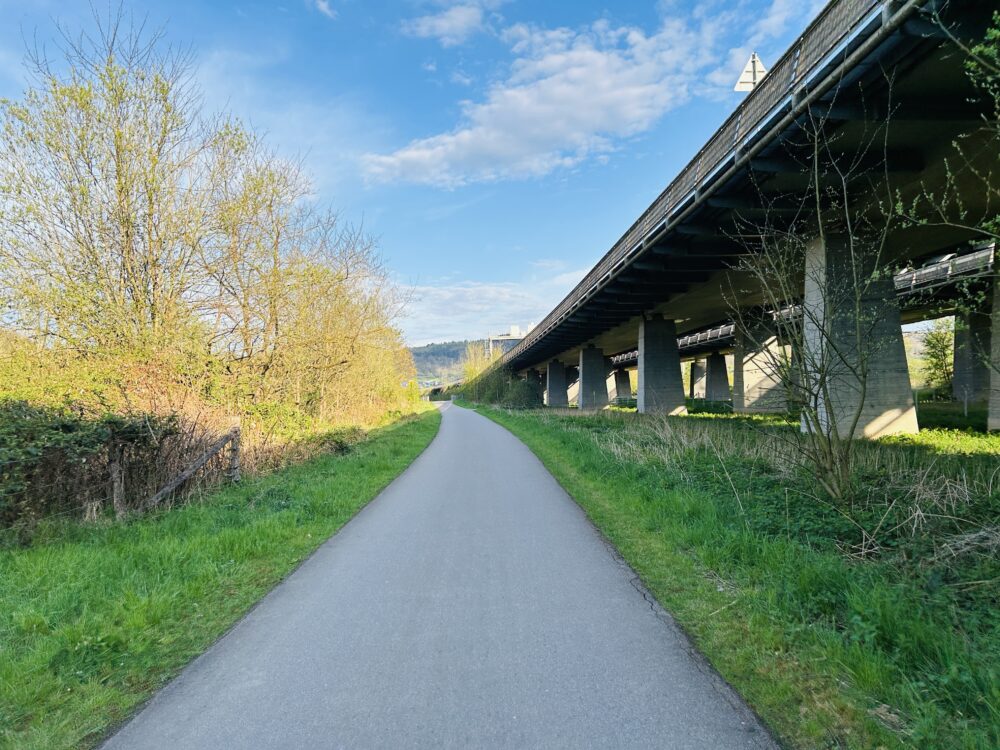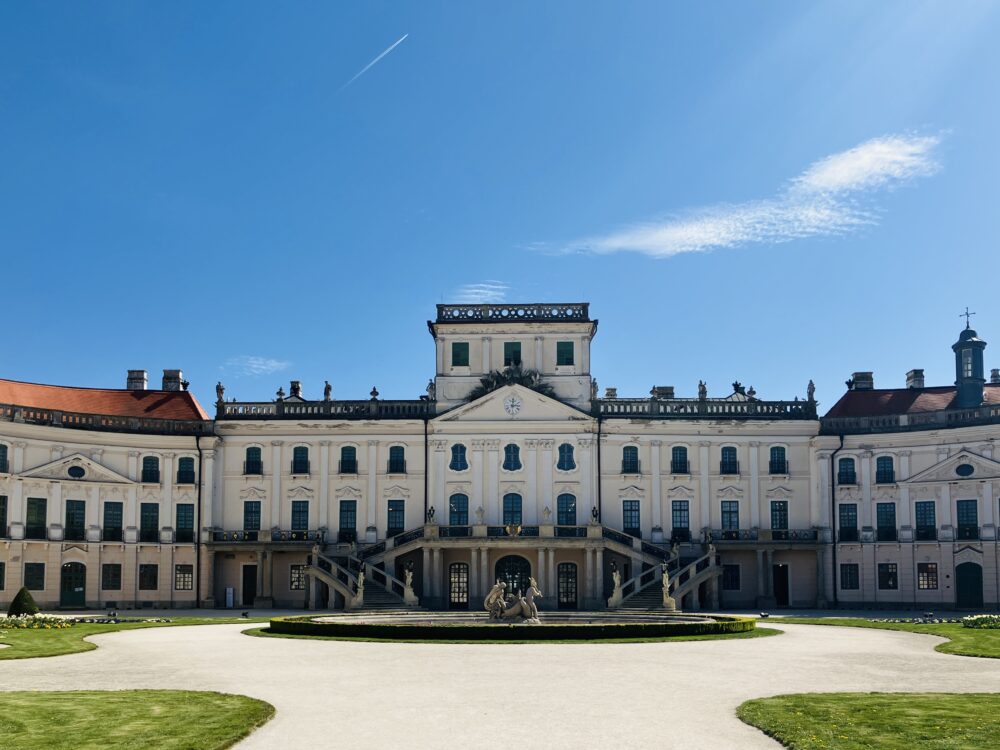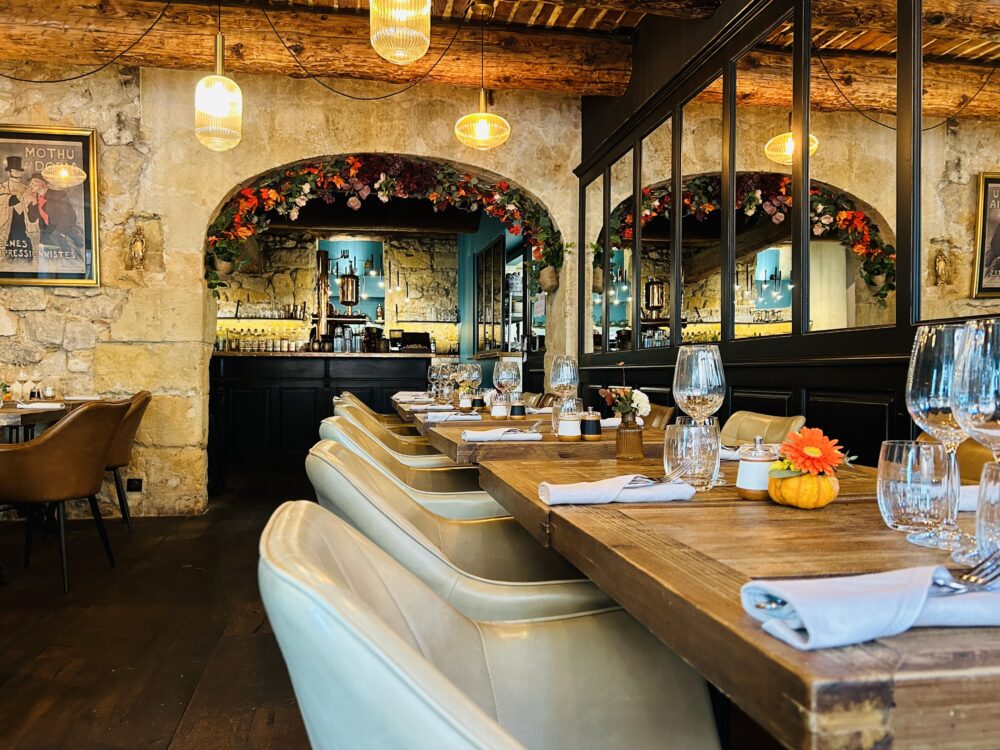Nestled in the Atlantic Ocean, the island of Madeira offers a fascinating contrast in climates, particularly evident when travelling north to the picturesque region near Faial. Unlike the sun-drenched south of Madeira, a cloudy day in the north unveils a completely different atmosphere where clouds and rain are frequent companions.
The northern part of Madeira is dramatically shaped by its geography. The island’s towering mountains act as a natural barrier, effectively dividing the climate into two distinct zones. This natural partition results in the north often being shrouded in clouds, with rain being a frequent visitor, almost every day. This persistent cloud cover enhances the lush, verdant landscapes, making it a haven for nature lovers seeking tranquillity and breathtaking scenery.
Despite the seemingly persistent grey skies, the climate remains mild and pleasant throughout the year. The frequent rains nourish the vibrant flora, transforming the region into a lush paradise. It’s an area where weather adds to the mystical allure, creating an ideal setting for hiking and nature exploration.
In stark contrast, the southern part of Madeira enjoys more sunshine and less rain, thanks to the same mountainous divide. This sunlit region attracts those seeking a more traditional island experience, complete with warm beaches and sunny days. However, it is this very diversity in weather that makes Madeira so intriguing.
The differing climates also have a profound impact on local agriculture. In the north, the abundant rainfall and fertile soil support the cultivation of various crops such as grapes for Madeira wine, taro, and a variety of fruits including bananas and passionfruit. The moisture-laden air and consistent precipitation contribute to the growth of rich, productive fields, helping sustain the agricultural industry which is vital to the local economy.
Meanwhile, the southern region’s drier conditions favour different agricultural practices. Here, irrigation is often necessary to support agriculture, with crops such as sugarcane, sweet potatoes, and vegetables thriving under the sunnier skies. The diversity in climate allows farmers to maximise the agricultural potential of the island, ensuring a varied and plentiful supply of produce.
Both parts of the island offer their unique charms and climates that cater to different preferences, ensuring that whether you’re a sun-seeker or a lover of dramatic, cloudy vistas, Madeira has something to offer year-round.
#MadeiraMagic #TwoClimates #CloudyDays #IslandWeather #NatureLovers



